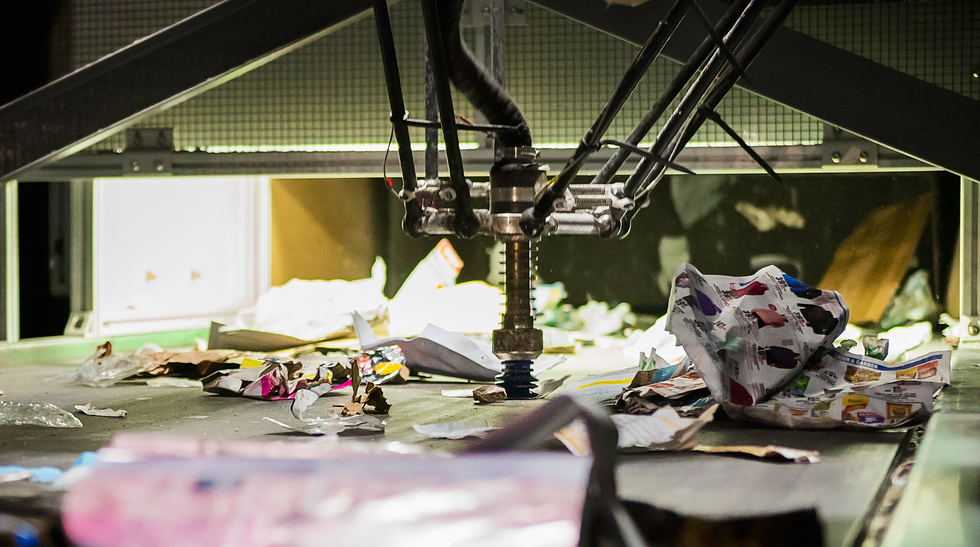[ad_1]

For many years, researchers have located that pulse oximeters, units that estimate blood-oxygen saturation, can be influenced by a person’s skin colour. In 2021, the Food and drug administration issued a warning about this limitation of pulse oximeters. The company states it designs to hold a assembly on pulse oximeters later on this calendar year. For the reason that minimal oxygen saturation, identified as hypoxemia, is a common symptom of COVID-19, minimal blood-oxygen ranges qualify patients to obtain certain medicines. In the 1st study to take a look at this issue among COVID-19 patients, posted in JAMA Inner Medicinein Might, researchers discovered that the inaccurate measurements resulted in a “systemic failure,” delaying treatment for many Black and Hispanic individuals, and in some scenarios, preventing them from acquiring good remedies. The review adds a growing sense of urgency to an situation lifted decades in the past.
“We located that in Black and Hispanic clients, there was a important hold off in figuring out severe COVID in comparison to white individuals.”
—Dr. Ashraf Fawzy, Johns Hopkins College
Pulse oximeters get the job done by passing gentle by means of component of the overall body, typically a finger. These devices infer a patient’s blood-oxygen saturation (that is, the proportion of hemoglobin carrying oxygen) from the absorption of gentle by hemoglobin, the pigment in blood that carries oxygen. In idea, pulse oximeters shouldn’t be afflicted by everything other than the degrees of oxygen in the blood. But research has proven if not.
“If you have melanin, which is the pigment which is accountable for skin color…that could perhaps influence the transmittance of the light heading via the skin,” claimed Govind Rao, a professor of engineering and director of the Heart for Superior Sensor Know-how at the College of Maryland, Baltimore County, who was not associated in the research.
To look at how people with COVID-19 were being impacted by this flaw in pulse oximeters, researchers utilised info from above 7,000 COVID-19 clients in the Johns Hopkins hospital process, which consists of 5 hospitals, between March 2020 and November 2021. In the 1st part of the study, researchers in contrast blood-oxygen saturation for the 1,216 individuals who had measurements taken using both of those a pulse oximeter and arterial blood-gas evaluation, which establishes the identical evaluate utilizing a immediate evaluation of blood. The scientists discovered that the pulse oximeter overestimated blood-oxygen saturation by an typical of 1.7 % for Asian clients, 1.2 per cent for Black clients, and 1.1 per cent for Hispanic patients.
Then, the researchers utilised these benefits to develop a statistical model to estimate what the arterial blood-gas measurements would be for individuals with only pulse-oximeter measurements. For the reason that arterial blood fuel calls for a needle to be inserted into an artery to acquire the blood, most people only have a pulse-oximeter measurement.
To qualify for COVID-19 remedy with remdesivir, an antiviral drug, and dexamethasone, a steroid, individuals had to have a blood-oxygen saturation of 94 per cent or less. Primarily based on the researchers’ product, approximately 30 per cent of the 6,673 people about whom they experienced ample details to predict their arterial blood-gas measurements met this cutoff. Lots of of these clients, most of whom had been Black or Hispanic, experienced their remedy delayed for among 5 and 7 hours, with Black people becoming delayed on normal 1 hour far more than white individuals.
“We observed that in Black and Hispanic people, there was a major hold off in figuring out serious COVID in contrast to white people,” said Dr. Ashraf Fawzy, assistant professor of medication at Johns Hopkins University and an creator of the examine.
There ended up 451 clients who under no circumstances competent for therapies but that the researchers predicted possible must have 55 percent were being Black, though 27 % had been Hispanic.
The review “shows how urgent it is to go away from pulse [oximeters],” stated Rao, and to locate alternatives means of measuring blood-oxygen saturation.
Reports discovering that skin coloration can have an effect on pulse oximeters go again as far as the 1980s. Regardless of awareness of the problem, there are couple techniques of addressing it. Wu suggests rising consciousness can help, and that it also may perhaps be practical to do more arterial blood-gas analyses.
A prolonged-term solution will need transforming the technology, either by employing a various system entirely or owning equipment that can improved alter outcomes to account for dissimilarities in pores and skin color. One particular technological option is owning products that measure oxygen diffusing across the skin, termed transdermal measurement, which Rao’s lab is doing work on creating.
The scientists claimed one limitation of their examine associated the way clients race was self-identified—meaning a vast vary of pores and skin pigmentation could be represented in each and every of the sample groups, relying on how each individual patient self-determined. The scientists also did not measure how delaying or denying remedy impacted the individuals clinically, for occasion how possible they ended up to die, how unwell they were, or how very long they were ill. The researchers are now functioning on a examine examining these additional thoughts and factors.
While the trouble of the racial bias of pulse oximeters has no quick alternative, explained the researchers, they are confident the main hurdle is not technological.
“We do believe that engineering exists to fix this issue, and that would eventually be the most equitable resolution for all people,” mentioned Wu.
From Your Web site Article content
Similar Articles Close to the Net
[ad_2]
Resource link






More Stories
Data Protection In Computers
Online Scheduling Software Helps Colleges Easily Book Rooms, Schedule Advising and Testing Sessions
Computer Technology and Progress